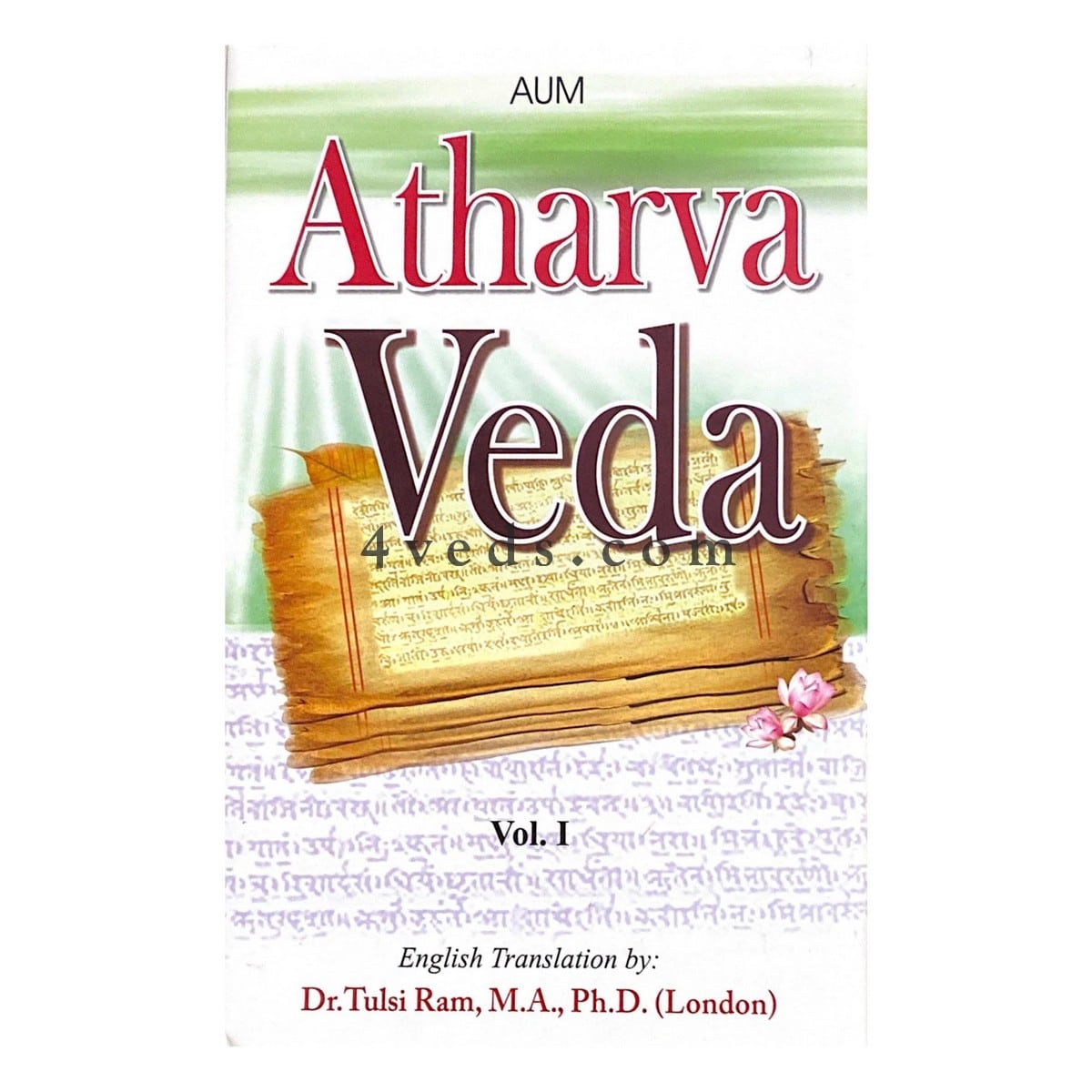The Vedas are among the most religious texts that date back to the ancient time that is prepared for a human to acquire knowledge, wisdom, peace, and sanctity. With no human author and exact timeline of the origin of all the four Vedas present in Hinduism, they are fundamental in shaping the economic, religious, political, social, financial, and emotional well-being of human beings. For thousands of years, the Hindu religion relies mainly on the innumerable knowledge and wisdom mentioned in all the four Vedas.
As you know the fact that Vedas are four with their specific names as Rigveda, Samaveda, Yajurveda, and Atharvaveda. Here, we will be shedding light on the inside details of Atharvaveda, the details, specific structure, and other such necessary information.
Something About Atharvaveda
Atharvaveda is the fourth and the most important religious text that contains the immense storehouse of Atharvanas which means innumerable procedures for everyday life. It has been written in the Vedic Sanskrit language and contains a collection of 730 hymns along with 6000 mantras.
Inside the religious text of Atharvaveda, it contains important knowledge and magic formulas leading to rituals for everyday life including learning, marriage, funerals, and more. It also contains information related to performing royal rituals and duties belonging to religious priests. In terms of inception, it has been considered that Atharvaveda made its presence felt between 1200 BC to 1000BC.
Also known as Atharvanaveda which means the word Atharvan has been derived from athar that denotes the significance of priest of fire. There are other meanings of the word Atharvan including a sage who brings fire directly from heaven. Also, it is meant to be considered that Atharvan has been described as the son of Brahma who is accredited to introduce fire-rituals with soma and other related materials.
Below are some of the other religious significance related to Atharvaveda.
* Atharvangi-rasa: It has been considered as Angiras also called Atharvangirasa.
* Bhrgvangirasa: The Veda is named after Sage Bhrigu who revealed the various Hymns of the Veda.
* Angirasa: This Veda has been named after the Sage Angirasa to whom hymns of Veda are revealed.
* Brahmaveda: As the name implies, it has been named after Brahamveda which is the attainment of Brahma.
Key Features of Atharvaveda
There are distinctive features of the fourth Veda that talks more about the following topics in detail.
* Penances
* Sacred rites for prolonging life
* Statecraft
* Diseases and their cure
* Black Magic
* Trade & Commerce
* Rites for fulfilling one’s desires
* Propitiatory Rites
Out of several shakhas of Atharvaveda, the two of the most important ones are as follows:
* Saunaka
* Pippalada
What does Atharvaveda say?
If we go deep inside the rites performed using the knowledge of Atharvaveda, then it mostly deals with performing black magic, superstitious anxiety and spells to remove fatal remedies from human life that might be caused by demons. Popularly known as the Veda of magic formulas, Atharvaveda contains a series of hymns that deal with magic spells, charms, and incantations to a deep extent. It is also used for recovering a person from any kind of illness or disease unable to cure for a long duration of time.
On the whole, Atharvaveda has knowledge that mostly deals with treating the spell of the evil forces. If we look at the other side, then it has several hymns dedicated to domestic rituals along with theosophical speculations.
Additional features:
* It contains several mantras and verses to ideally treat a variety of ailments just like recovering a child from some serious illness.
* It contains praises for a variety of medicinal herbs, plants, and the value of the same in India.
* It contains hymns to solve the rising issues between husbands and wives to get over the hardships of their life.
* It also contains information related to the nature of existence, good, evil, heaven, hell, and more.
Additionally, there are several Upanishads contained inside the Atharvaveda that is as follows:
* Mundaka Upanishad: It contains mantras that teach about spiritual knowledge, meditation, and more. That’s why it is also referred to as Mantra Upanishad.
* Mandukya Upanishad: It discusses the syllable OM and presents the theory of four states of consciousness along with the nature of Atman.
* Prashna Upanishad: It contains information related to the metaphysical question, symbol OM, and Moksha concept.
Different Meanings of Atharvaveda
There are distinctive meanings of Atharvaveda that are as follows:
* It is the name of Lord Shiva.
* It is the fourth of the most important Veda.
* It refers to the hymns of the Atharvan Veda.
* It is the other name of Sage Vashishta and Soma.
* It is the name of the sage who is said to have composed Atharvana Veda.
* It is the name of Lord Brahma’s eldest son.
* It is the name of Lord Ganesha.
* It is the name of the priest who performs Hindu rituals according to the Atharvana Veda.
* It is the short name of Upanishads of Shaivism which is also known as Atharvasika.









